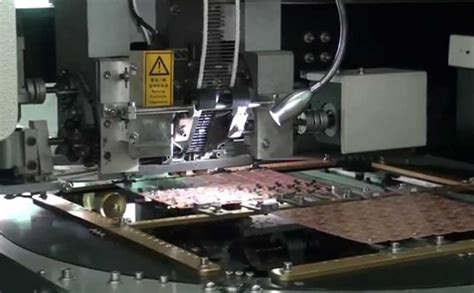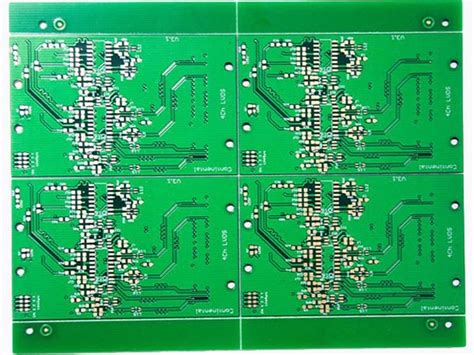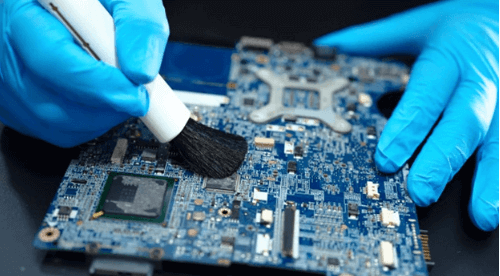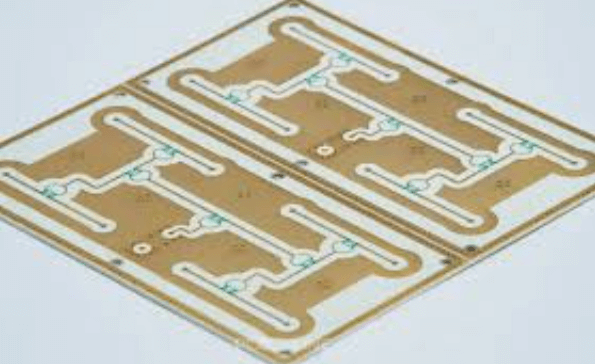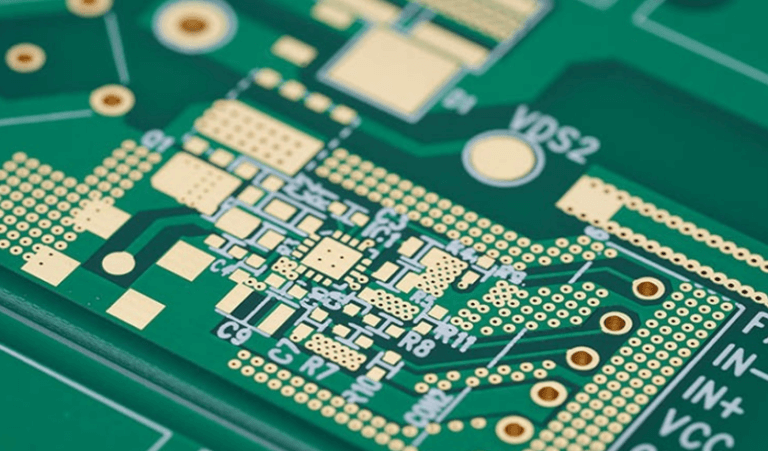Isola high frequency pcb
Advantages Of Isola High Frequency PCB In Modern Electronics
Isola high frequency PCBs have become a cornerstone in the realm of modern electronics, offering a multitude of advantages that cater to the ever-evolving demands of technology. As electronic devices continue to shrink in size while expanding in functionality, the need for reliable and efficient circuit boards has never been more critical. Isola high frequency PCBs, known for their superior performance in high-speed and high-frequency applications, provide a solution that meets these stringent requirements.
One of the primary advantages of Isola high frequency PCBs is their exceptional signal integrity.
In high-frequency applications, maintaining signal integrity is crucial to ensure that data is transmitted accurately and efficiently. Isola materials are engineered to minimize signal loss and distortion, which is particularly important in applications such as telecommunications, aerospace, and advanced computing. By reducing signal attenuation and maintaining a consistent impedance, these PCBs help in achieving optimal performance, thereby enhancing the overall reliability of the electronic system.
Moreover, Isola high frequency PCBs are renowned for their excellent thermal management properties.
As electronic devices operate at higher frequencies, they tend to generate more heat, which can adversely affect performance and longevity. Isola materials are designed to dissipate heat effectively, thereby preventing overheating and ensuring that the components function within their optimal temperature range. This thermal efficiency not only extends the lifespan of the device but also contributes to its stability and performance under demanding conditions.
In addition to thermal management, the mechanical stability of Isola high frequency PCBs is another significant advantage.
These PCBs are constructed using materials that offer high dimensional stability, which is essential for maintaining the integrity of the circuit under various environmental conditions. This stability ensures that the PCB can withstand mechanical stresses, such as vibrations and shocks, without compromising its performance. Consequently, Isola high frequency PCBs are ideal for use in environments where reliability and durability are paramount.
Furthermore, the versatility of Isola high frequency PCBs cannot be overstated.
They are compatible with a wide range of fabrication processes, making them suitable for various applications across different industries. Whether it is for consumer electronics, automotive systems, or industrial equipment, these PCBs can be tailored to meet specific requirements, offering flexibility in design and application. This adaptability is a key factor in their widespread adoption in modern electronics.
Additionally, Isola high frequency PCBs contribute to the miniaturization of electronic devices.
As the demand for smaller, more compact devices grows, the ability to integrate high-frequency capabilities into a reduced form factor becomes increasingly important. Isola materials allow for the design of compact PCBs without sacrificing performance, enabling manufacturers to create innovative products that meet consumer expectations for size and functionality.
In conclusion, the advantages of Isola high frequency PCBs in modern electronics are manifold. Their superior signal integrity, excellent thermal management, mechanical stability, versatility, and contribution to device miniaturization make them an indispensable component in the development of advanced electronic systems. As technology continues to advance, the role of Isola high frequency PCBs in facilitating these innovations will undoubtedly remain significant, underscoring their importance in the ever-evolving landscape of modern electronics.
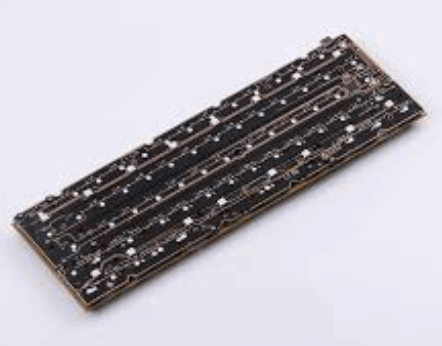
Design Considerations For Isola High Frequency PCB
When designing high frequency printed circuit boards (PCBs) using Isola materials, several critical considerations must be taken into account to ensure optimal performance and reliability. Isola, a leading manufacturer of advanced laminate materials, offers a range of products specifically engineered for high frequency applications. These materials are essential for applications such as telecommunications, aerospace, and advanced computing, where signal integrity and minimal loss are paramount.
To begin with, the choice of substrate material is a fundamental aspect of high frequency PCB design.
Isola provides a variety of laminates that exhibit low dielectric constants and low dissipation factors, which are crucial for maintaining signal integrity at high frequencies. The dielectric constant affects the speed at which signals propagate through the material, while the dissipation factor influences the amount of signal loss. Therefore, selecting a material with appropriate electrical properties is essential to minimize signal degradation and ensure efficient transmission.
In addition to material selection, the physical layout of the PCB plays a significant role in its performance.
High frequency signals are particularly susceptible to interference and crosstalk, which can be exacerbated by poor layout practices. To mitigate these issues, designers should employ techniques such as controlled impedance routing, which involves maintaining consistent trace widths and spacing to ensure uniform signal propagation. Furthermore, the use of ground planes and proper grounding techniques can help reduce electromagnetic interference and improve overall signal integrity.
Another important consideration is the thermal management of the PCB.
High frequency applications often generate significant amounts of heat, which can adversely affect the performance and longevity of the board. Isola materials are designed to offer excellent thermal stability, but it is still crucial to incorporate effective heat dissipation strategies. This may include the use of thermal vias, heat sinks, or other cooling mechanisms to maintain optimal operating temperatures and prevent thermal-induced failures.
Moreover, the manufacturing process itself can impact the performance of high frequency PCBs.
Precision in fabrication is essential to ensure that the physical dimensions of the board align with the design specifications. Variations in trace width, for instance, can lead to impedance mismatches and signal reflections, which degrade performance. Therefore, working with a manufacturer experienced in high frequency PCB production is advisable to achieve the desired level of precision and quality.
Transitioning to the testing and validation phase, it is imperative to conduct thorough testing to verify the performance of the PCB under real-world conditions.
This includes assessing parameters such as insertion loss, return loss, and signal integrity across the intended frequency range. Advanced testing techniques, such as time-domain reflectometry and vector network analysis, can provide valuable insights into the board’s performance and identify any potential issues that need to be addressed.
In conclusion, designing high frequency PCBs with Isola materials requires careful consideration of various factors, including material selection, layout design, thermal management, manufacturing precision, and rigorous testing. By addressing these aspects, designers can ensure that their PCBs meet the demanding requirements of high frequency applications, delivering reliable performance and longevity. As technology continues to advance, the importance of meticulous design practices in high frequency PCB development will only grow, underscoring the need for expertise and attention to detail in this specialized field.
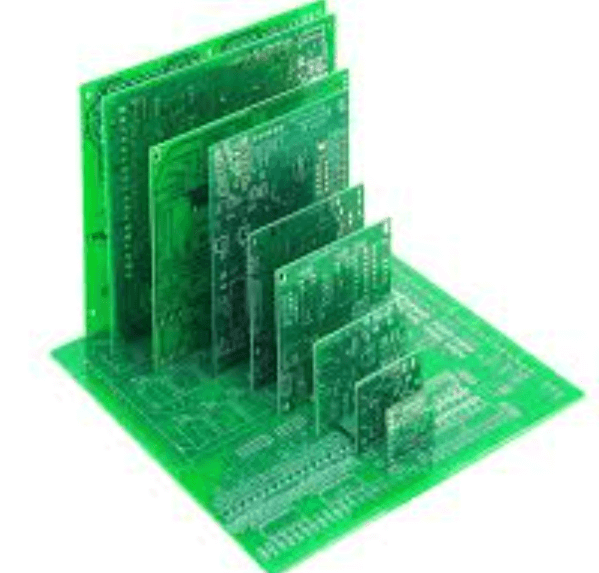
Comparing Isola High Frequency PCB With Other Materials
In the realm of printed circuit boards (PCBs), the choice of material plays a pivotal role in determining the performance, reliability, and cost-effectiveness of the final product. Among the myriad of materials available, Isola high frequency PCBs have garnered significant attention due to their superior properties tailored for high-frequency applications. To understand the advantages of Isola high frequency PCBs, it is essential to compare them with other commonly used materials in the industry.
Isola high frequency PCBs are renowned for their excellent dielectric properties, which are crucial for maintaining signal integrity at high frequencies.
This is particularly important in applications such as telecommunications, aerospace, and advanced computing, where even minor signal losses can lead to significant performance degradation. In contrast, traditional FR-4 materials, while cost-effective and widely used, often fall short in high-frequency applications due to their higher dielectric losses. This makes Isola materials a preferred choice when signal integrity is paramount.
Moreover, Isola high frequency PCBs exhibit superior thermal management capabilities.
The ability to efficiently dissipate heat is critical in high-frequency applications, where excessive heat can lead to component failure and reduced lifespan of the PCB. Compared to other materials like PTFE (Polytetrafluoroethylene), which also offer good high-frequency performance, Isola materials provide a balanced combination of thermal management and mechanical stability. PTFE, while excellent in dielectric properties, often requires additional processing steps to enhance its mechanical properties, which can increase manufacturing complexity and cost.
Transitioning to the aspect of manufacturability, Isola high frequency PCBs offer significant advantages.
They are designed to be compatible with standard PCB manufacturing processes, which can reduce production time and costs. This is in stark contrast to some other high-performance materials that may require specialized equipment or processes, thereby increasing the overall production cost. The ease of manufacturability of Isola materials makes them an attractive option for manufacturers looking to optimize their production lines without compromising on quality.
Furthermore, Isola high frequency PCBs are known for their environmental stability.
They maintain consistent performance across a wide range of environmental conditions, including variations in temperature and humidity. This reliability is crucial for applications in harsh environments, such as automotive or military sectors, where PCBs are subjected to extreme conditions. Other materials, while offering high-frequency capabilities, may not provide the same level of environmental resilience, potentially leading to performance variability.
In addition to these technical advantages, Isola high frequency PCBs are also supported by a robust supply chain and technical support infrastructure.
This ensures that manufacturers have access to the necessary resources and expertise to effectively integrate these materials into their products. In comparison, some niche materials may lack such comprehensive support, posing challenges in terms of sourcing and technical assistance.
In conclusion, while there are several materials available for high-frequency PCB applications, Isola high frequency PCBs stand out due to their superior dielectric properties, thermal management capabilities, ease of manufacturability, and environmental stability. These attributes make them a compelling choice for industries that demand high performance and reliability. As technology continues to advance and the demand for high-frequency applications grows, the role of Isola high frequency PCBs is likely to become even more prominent in the landscape of electronic design and manufacturing.

Applications Of Isola High Frequency PCB In Telecommunications
Isola high frequency printed circuit boards (PCBs) have become a cornerstone in the telecommunications industry, offering unparalleled performance and reliability. As the demand for faster and more efficient communication systems continues to grow, the role of high frequency PCBs becomes increasingly critical. These advanced PCBs are specifically designed to handle the high-speed signals required in modern telecommunications, making them indispensable in a variety of applications.
One of the primary applications of Isola high frequency PCBs in telecommunications is in the development of wireless communication systems.
With the proliferation of mobile devices and the advent of 5G technology, there is a pressing need for PCBs that can support high data rates and low latency. Isola’s high frequency materials are engineered to minimize signal loss and maintain signal integrity, which are crucial for the seamless transmission of data in wireless networks. This capability ensures that users experience faster download and upload speeds, as well as more reliable connections.
In addition to wireless communication, Isola high frequency PCBs are also pivotal in satellite communications.
Satellites require PCBs that can operate efficiently in extreme conditions while maintaining high performance. The materials used in Isola PCBs are designed to withstand the harsh environments of space, including temperature fluctuations and radiation exposure. This durability, combined with their ability to handle high frequency signals, makes them ideal for use in satellite systems, where they facilitate the transmission of data over vast distances.
Moreover, Isola high frequency PCBs are integral to the infrastructure of fiber optic communications.
As the backbone of modern telecommunications, fiber optic networks demand components that can support high bandwidth and rapid data transfer. Isola’s PCBs are tailored to meet these requirements, providing the necessary support for the high-speed optical signals that travel through fiber optic cables. This application is particularly important as the world moves towards more data-intensive services, such as streaming and cloud computing.
Furthermore, the role of Isola high frequency PCBs extends to the development of advanced radar systems.
In telecommunications, radar technology is used for a variety of purposes, including navigation, weather monitoring, and air traffic control. The high frequency capabilities of Isola PCBs enable these radar systems to operate with greater accuracy and efficiency. By ensuring precise signal processing, these PCBs contribute to the reliability and effectiveness of radar applications.
Transitioning to another significant application, Isola high frequency PCBs are also utilized in the design of network equipment, such as routers and switches.
These devices are essential for managing data traffic and ensuring efficient communication between different parts of a network. The high frequency performance of Isola PCBs allows for faster data processing and reduced signal interference, which are vital for maintaining the quality and speed of network services.
In conclusion, the applications of Isola high frequency PCBs in telecommunications are vast and varied, encompassing wireless communication, satellite systems, fiber optic networks, radar technology, and network equipment. Their ability to support high-speed, high-frequency signals while maintaining reliability and durability makes them an essential component in the advancement of telecommunications technology. As the industry continues to evolve, the demand for high-performance PCBs like those offered by Isola is expected to grow, further solidifying their role in shaping the future of global communication.


